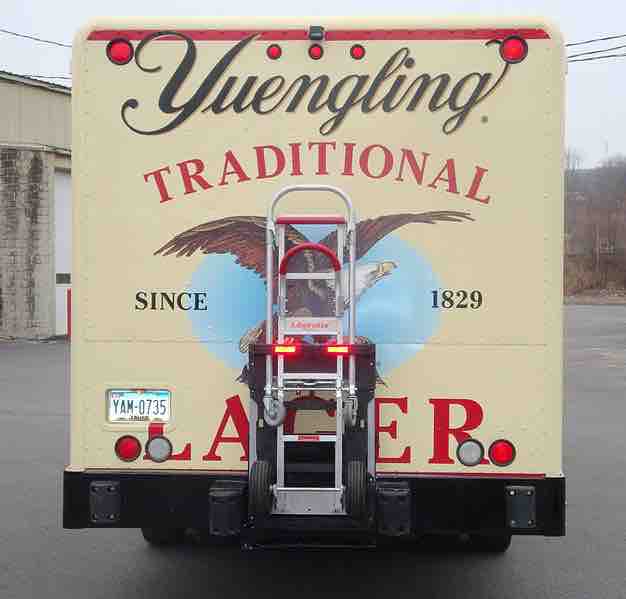Capitalization of Asset Improvements
Asset or capital improvements are undertaken to enhance or improve a business asset that is in use. The cost of the improvement is capitalized and added to the asset's historical cost on the balance sheet. Since the cost of the improvement is capitalized, the asset's periodic depreciation expense will be affected, along with other factors used in calculating depreciation. Capital improvements should not be confused with regular maintenance expenses to maintain an asset's functionality, which are regarded as period costs that are expensed on the income statement and reduce income for the period.

An example of an asset improvement can be the addition of a logo to a delivery truck.
The cost of the improvement adds value to the asset.
Financing Improvements
If the capital improvement is financed, the interest cost associated with the improvement should not be capitalized as an addition to the asset's historical cost. Interest costs are not capitalized for assets that are not under construction. For example, Acme Company decides to add the company's logo to their delivery trucks and takes out a $5,000 loan. In 201X, the interest expense is $50; the interest expense is a period cost and reported on the income statement for 201X and not added to the asset's historical cost.
Asset Improvements and Depreciation
When the cost of a capital improvement is capitalized, the asset's historical cost increases and periodic depreciation expense will increase. Depending on the nature of the improvement, it is also possible that the asset's useful life and salvage value may change as a result. The change in periodic depreciation expense also can be impacted by the method used to calculate depreciation and may also have federal income tax consequences.
Asset Improvement vs. Maintenance
Asset improvements are capitalized and reported on the balance sheet because they are for expenses that will provide a benefit beyond the current accounting period. For example, costs expended to place the company logo on a delivery truck or to expand the space on a warehouse would be capitalized because the value they provide will extend into future accounting periods. Maintenance costs are expensed and reported on the income statement as a reduction to current revenues because they provide a benefit in the current accounting period and should be matched with the revenues earned during this period. Examples of expensed costs include payment of regular service maintenance on equipment and machinery.